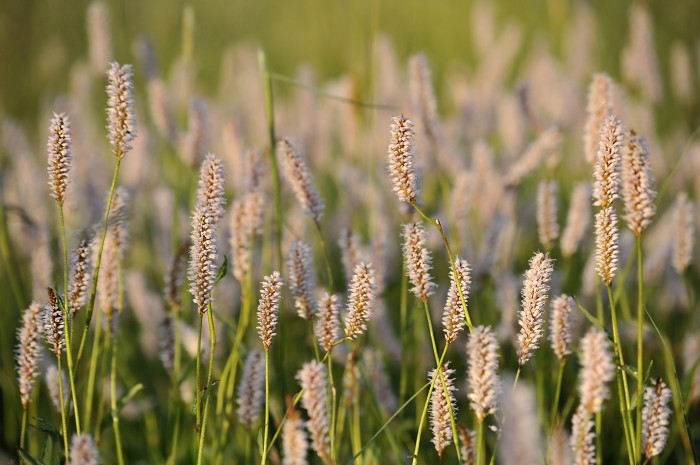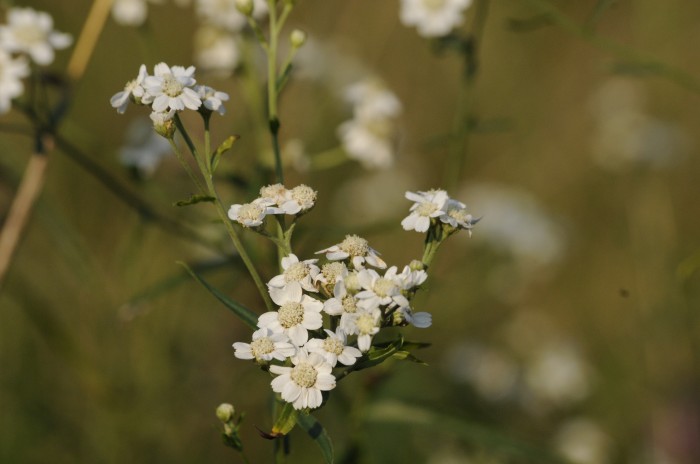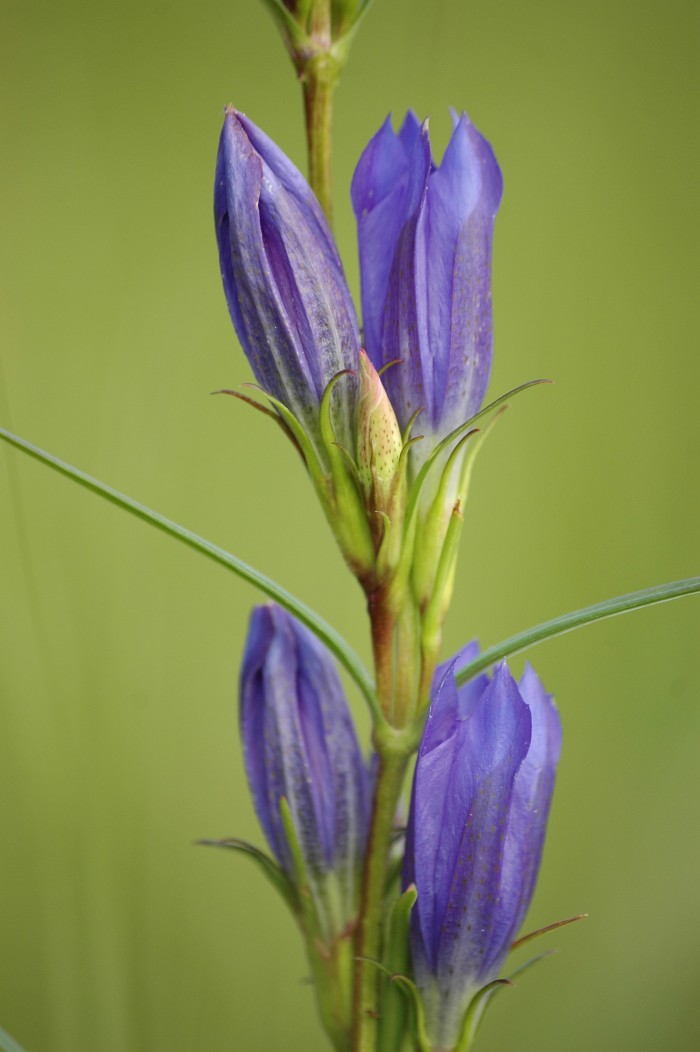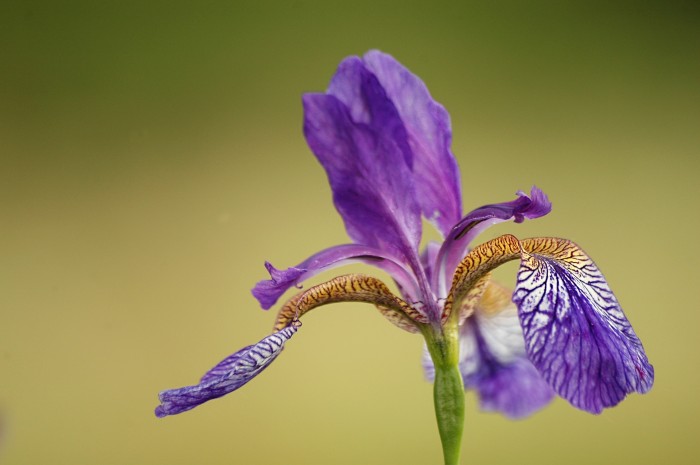 Őriszentpéter rétjein számos értékes és védett növényfaj, köztük szemet gyönyörködtető vadvirágok is élnek. Mocsárrétek, nedves magaskórósok májustól júliusig virágzó növénye a kígyógyökerű keserűfű. A derékmagasságig is megnövő, rózsaszín virágú növény nagyobb állományai távolról is megkapó látványt nyújtanak. Nevét kígyószerűen tekeredő gyöktörzséről kapta, a népi gyógyászat emésztő-szervrendszeri betegségek és sebkezelés céljára használta. Tőleveleiből a spenóthoz hasonlóan főzeléket készítettek. Őriszentpéteren, a református temetővel szembeni réteken több száz egyedével találkozhatunk. A magashegységi üde rétek jellemző faja, az ország keletebbre eső területein ritkának mondható.
Őriszentpéter rétjein számos értékes és védett növényfaj, köztük szemet gyönyörködtető vadvirágok is élnek. Mocsárrétek, nedves magaskórósok májustól júliusig virágzó növénye a kígyógyökerű keserűfű. A derékmagasságig is megnövő, rózsaszín virágú növény nagyobb állományai távolról is megkapó látványt nyújtanak. Nevét kígyószerűen tekeredő gyöktörzséről kapta, a népi gyógyászat emésztő-szervrendszeri betegségek és sebkezelés céljára használta. Tőleveleiből a spenóthoz hasonlóan főzeléket készítettek. Őriszentpéteren, a református temetővel szembeni réteken több száz egyedével találkozhatunk. A magashegységi üde rétek jellemző faja, az ország keletebbre eső területein ritkának mondható.
The meadows at Őriszentpéter provide habitats for a number of valuable and protected species of plant, including some delightful wild flowers. A typical plant flowering from May to July on marsh meadows and in wet areas with high stalked plants is the meadow bistort or snake-root. The larger groups of this often waist-high plant with its pink flowers are a beautitul sight even from a distance. lts name comes from the twisted rootstock of the plant which had been used in folk medicine for treating the diseases of digestive organs and wounds. lts basal leaves were used in the kitchen just like spinach leaves. At Őriszentpéter, on the meadows opposite the Calvinist cemetery, hundreds of this plant can be seen. lt is a typical species growing on the fresh meadows of higher mountains, but in the eastern parts of the country it is quite rare.

A kenyérbél cickafark az őrségi láp- és mocsárréteken kifejezetten gyakorinak mondható, holott a faj országos szinten ritkának számít. A nyár második felétől egészen késő őszig bontja fehér virágait, melyek apró kenyérmorzsákra emlékeztetnek, innen ered magyar elnevezése. Hosszúkás levelei sötétzöldek, aprón fogazottak, szára elérheti az 1 m magasságot. Széleskörű felhasználása ismert a népi gyógyászatban, de rovarriasztó céllal is alkalmazták.
The sneezeweed is very frequent in the moorlands and on the marsh meadows of the Őrség region, although in other parts of the country it is a rare species. lts white blossoms, resembling tiny crumbs of bread and giving the Hungarian name of the plant („ Crumb of bread” sneezeweed), open from the second half of summer till late autumn. The long leaves are dark green and finely serrated and the stalk can be as high as 1 m. lt was widely used in folk medicine and also for the purpose of repelling insects.

A kornistárnics a mocsárrétek, kiszáradó láprétek jellegzetes faja, mely nyár végén, ősszel bontja szirmait a patakvölgyekben húzódó kaszálókon. Virágszíne egészen jellegzetes, fénylő mélykék: a tárnicsok tudományos nevéből ered az „enciánkék” elnevezés. Természetvédelmi jelentőségét növeli, hogy egy védett lepkeritkaság, a szürkés hangyaboglárka kizárólag e faj virágzatára helyezi petéit.
The marsh gentian is a typical species found on marsh meadows and drying moorlands. lt opens its petals at the end of summer and in the autumn on meadows lying in stream valleys. The colour of the flowers is very characteristic – a shining deep blue; it is the scientific name of the plant, gentiana, from which the name „gentian blue” derives. ln respect of nature conservation its importance is enhanced by the fact that a species of butterfly, the alcon blue lays its eggs exclusively on the flowers of this species of plant.

Az őrségi népi nevén mocsári liliomként ismert szibériai nőszirom vízfolyások mentén, mocsárréteken megjelenő, nagytermetű faj, melynek állományait májusban messziről hirdetik kékeslila színű virágai. Élőhelyei az egykori kaszálók felhagyásával jelentősen megfogyatkoztak, ugyanakkor a gyakori kaszálás vagy erős legelési nyomás is veszélyezteti. A vízfolyások szabályozása miatt számos helyen a kiszáradás fenyegeti.
The Siberian lris, or, as it is known by its common name, marsh lily grows along water flows and on marsh meadows; it is a large plant, the groups of which are heralded in May by its blueish-lilac f/owers. lts habitats have considerably shrunk due to abandoning natural meadows, while frequent scything or intensive grazing also endangers this species. Due to the regulation of water flows the plant’s natural habitats in many places are threatened by drying up








